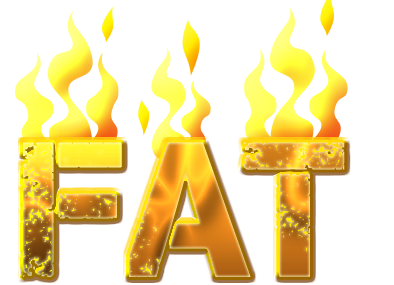What are lipids made of and what do they do?
Lipids are a group of substances or nutrients including fats (cholesterol, triglycerides), phospholipids, cerebrosides, waxes, etc. that with carbohydrates and proteins constitute the main structural components of living cells, in the body fats bind to lipoproteins as macromolecular complexes so that they can circulate freely in plasma, major lipoproteins include VLDL (very low density lipoproteins), LDL (low density lipoproteins), and HDL (high density lipoproteins); Chylomicrons, the largest lipoproteins, carry exogenous triglyceride from the intestine via the thoracic duct to the venous system until they reach the capillaries of adipose and muscle tissue where about 90% of chylomicron triglycerides are removed by a specific group of lipases, fatty acids and glycerol produced enter the adipocytes and muscle cells for energy use or storage. The remnant chylomicron particles are removed in the liver from where VLDL transports endogenous triglyceride back to the same peripheral sites (adipocytes and muscle cells).
What is the role of lipids in the body?
Lipids play vital roles in your body, from providing energy to hormone synthesis. without lipids, you wouldn’t be able to digest and absorb the essential nutrients from your foods properly. In proper amounts, lipids are a healthy part of your diet and are required for your body to function properly. However, overeating fats can lead to weight gain and obesity
Where is fat stored in the body?
When you consume a fatty meal, the gallbladder contracts and releases bile into the small intestine, bile provides the ideal environment for lipase enzyme to function properly, as lipase works best in alkaline pH conditions (>7.0 ). Bile breaks the fat into small particles that are easier for the lipase enzymes to breakdown.
When you consume fats or triglycerides the pancreas secretes lipase into the lumen of the small intestine. In the small intestine, lipase breaks down fat into fatty acids and glycerol, which are then absorbed into the blood stream via the villi of the small intestines.
At that point it is either burned to provide energy as per the body’s need or stored in the cells of the adipose tissues (adipocytes) for future use. However, If you eat excess calories, your body stores the excess fat mainly in adipose tissue, although most cells that contain mitochondria also have fat. Overtime, if you continue to consume excess calories, you get fatter as extra fat accumulates in the adipocytes, this causes your body fat stores to expand, resulting in obesity.
How to obtain energy from stored fats?
Whenever required by the body, stored triacylglycerols are broken down by lipolysis into their two principal components, fatty acids and glycerol and transported for use.
What happens to the body when the blood sugar is too low?
When blood glucose level is low, the pancreas secretes glucagon, a hormone that acts opposite to insulin. Glucagon breaks down the triglycerides stored in fat cells (adipocytes) into fatty acids and glycerol in a process called lipolysis. Released fatty acids and glycerol are then delivered to organs and tissues in the body.
How to obtain energy from food?
To obtain energy from fat, triglycerides or triacylglycerols are broken down by hydrolysis into fatty acids and glycerols.
How do we convert fat to energy?
When you don’t get enough carbs, blood sugar level drops below the range of 70 mg/dl or 4 mmol/l , leading to hypoglycemia. Your body then starts converting stored fat into ketones for energy, causing ketosis
Verified by: Dr.Diab (March 10, 2018)
Citation: Dr.Diab. (March 10, 2018). What are lipids made of and what do they do?. Medcoi Journal of Medicine, 6(2). urn:medcoi:article20282.













There are no comments yet
Or use one of these social networks